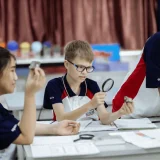Social emotional learning (SEL) is a process through which students acquire the knowledge, attitudes, and skills to manage their emotions and establish supportive relationships. Developing social emotional learning for high school students supports effective communication, empathy, and problem-solving skills that will help them succeed academically and in life.
This article reveals practical strategies to develop SEL for high school students, emphasizing the importance of creating a supportive learning environment.
Strategies to Develop Social Emotional Learning for High School Students
SEL competencies convince recruiters as top-notch skills that prove the quality of an employee in the near-future career market. Educators can support the development of social emotional learning for high school students by focusing on the following skills.
Develop Self-Awareness Ability
Educators can improve student’s self-awareness ability by implementing these practices:
- Encourage students to reflect on themselves: When students submit their projects, ask them to answer a few questions about their experience: What do you think about the project? What makes you proud? What was the hardest thing to address?
- Have genuine conversations with students: Sincere conversations provide insights into their strengths and interests. Educators and students can discuss how different factors may influence their future academic or career paths.
- Establish students’ roles based on their strengths and goals: Students should have roles aligned with their strengths and goals, accompanied by clear criteria for defining success within these roles.
Develop Self-Management Skills
Reference practices to develop self-management skills include:
- Model students’ self-management: Educators start by sharing their personal goals and stress management tools with students so they can emulate similar techniques to enhance their own development.
- Assign challenging projects to students: Complex projects necessitate substantial time and effort. By beginning assignments appropriate for students’ age and progress, students can learn how to manage their workload effectively.
- Practice emotional regulation and mindfulness techniques: Educators can teach students to practice deep breathing and do some yoga poses to handle stressful situations.
Develop Social Awareness
Social awareness helps high school students adapt to various social situations. Here are some methods that work:
- Think about others’ feelings: Encourage students to empathize with others’ emotions and viewpoints, especially during discussions about controversial topics.
- Set guidelines for social interactions: Establish clear guidelines for social interactions within the classroom and address instances where students fail to follow them.
- Give students opportunities to help each other: Collaborative learning enhances students’ understanding of school lessons and develops interpersonal skills essential for teamwork and leadership.
- Deliver professionalism lessons: Students can engage in lessons on professionalism to refine their skills in professional communication.
Develop Relationship Skills
Relationships are crucial for high school students as they need to learn to communicate openly and collaborate with peers at this time. Educators can help their students develop relationship skills by following these steps:
- Set expectations for peer feedback: Guide students in giving and receiving feedback. Diverse practice scenarios, like small group settings and individual interactions, can improve their proficiency in relationship skills.
- Resolve conflicts: A structured conflict resolution framework supports students in managing and resolving conflicts effectively.
- Model listening skills: Educators can model and encourage the use of attentive listening techniques in classroom discussions.
- Assign group work: Small group tasks provide high schoolers with opportunities to engage in collaborative problem-solving.
Develop Decision-Making Skills
Decision-making involves considering the consequences of each action. High school students learn to make ethical, safe, and appropriate choices while showing care for themselves and others. The two strategies below can assist educators in helping their students develop decision-making skills:
- Give opportunities to discuss: To foster empathy, ask students to discuss the impact of individual decisions on family, friends, and others.
- Teach decision-making strategies: Teaching decision-making strategies allows students to identify the types of decisions and how to make informed ones.
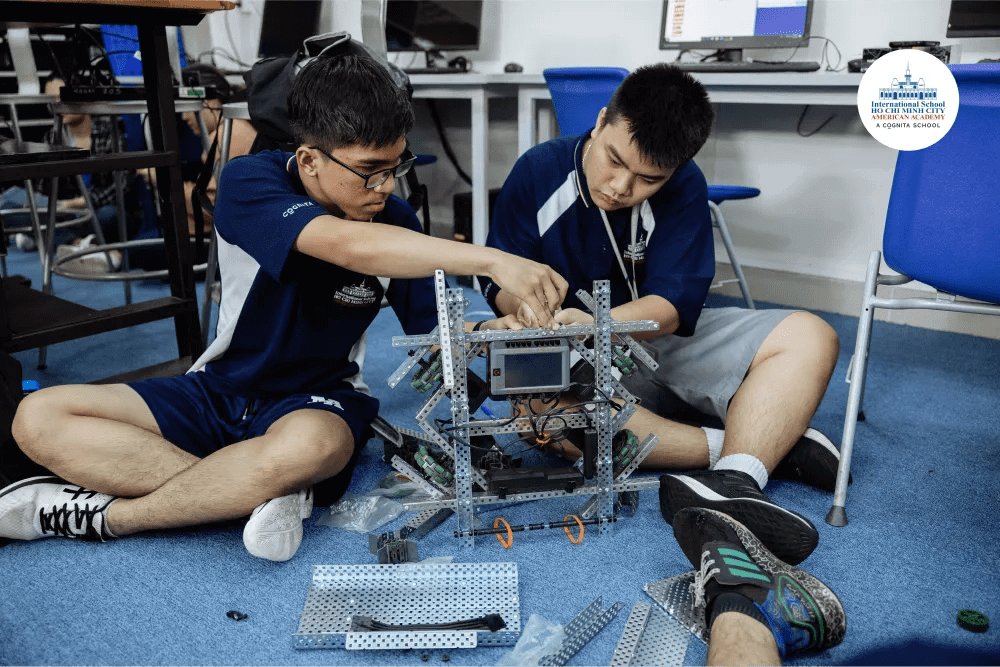
15 Activities to Develop SEL for High School Students
Activities aimed at developing social emotional learning for high school students focus on building essential emotional and social skills crucial for personal and academic growth. Engaging in such activities can enable them to properly prepare for future challenges.
Self-Awareness Activities
Reflection is key to self-awareness. High school students need opportunities to reflect on their strengths, weaknesses, emotions, and work. Educators can deliver reflection lessons by incorporating reflection questions when students submit their projects, encouraging a deeper understanding and personal insight.
The following self-awareness activities encourage SEL for high school students, promoting personal development and effective interpersonal interactions:
1. A rose and a thorn: A rose means a good thing for participants, while a thorn refers to a challenge. Educators can organize this activity at the beginning of any new session or as a closing reflection to encourage students to share their happiness and challenges.
2. Standing in the shadow of our success: Participants assess their personal and group achievements by physically standing where they think they contributed most to the group’s success.
3. Crossing the line: Participants start on one side of the room and move based on statements read by a facilitator. This activity aims to raise participants’ awareness of minority viewpoints and power dynamics in the room.
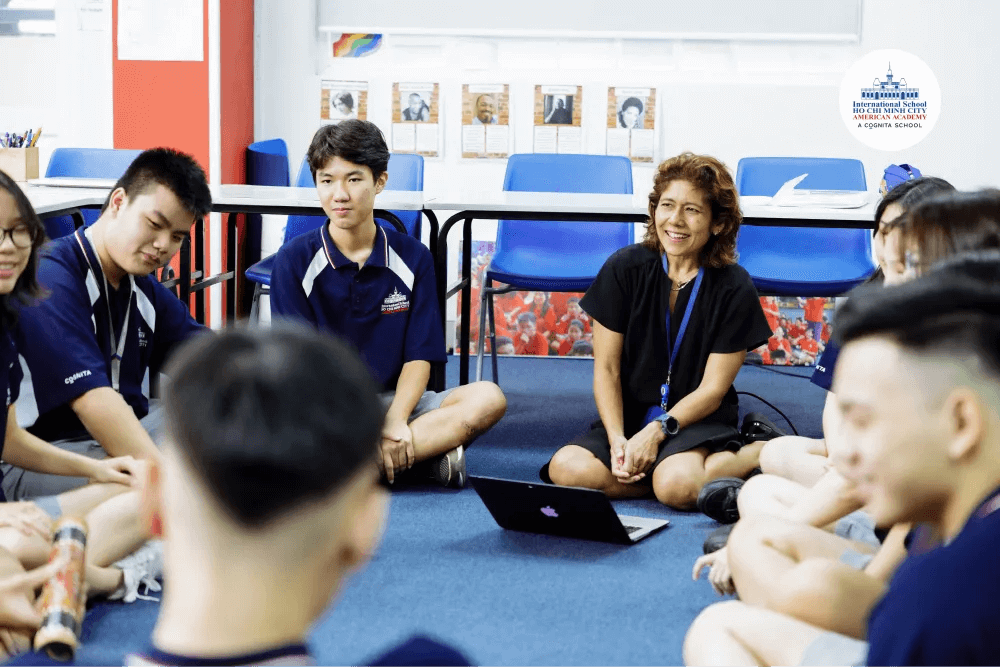
Self-Management Activities
Self-management in high school settings focuses on motivation strategies and organizational tips, including observing, describing, and participating:
4. Observe: Educators and parents can guide high school students by observing their emotions, starting with curiosity about their feelings. Students can also observe how their emotions come and go while considering the sensory inputs that influence their emotional states.
5. Describe: When describing their experiences, high school students can develop the use of factual language. They label thoughts and feelings using words that everyone agrees with. Besides, focusing on being right or wrong and using too many emotional words are not necessary. Students can simply develop practical expression skills instead.
6. Participate: Students engage in activities with high immersion and focus. They let go of the sense of time and fully engage in the present moment without distractions, encouraging a deeper connection to the activity and honing their skills until they become their nature.
Social Awareness Activities
There are various ways to foster social emotional learning for high school students. The three activities below enhance social awareness by fostering perspective-taking and a deep understanding of how emotions influence social interactions.
7. Emotion charades: Participants take turns to act out emotions without words while others guess the emotion. To understand different emotions, individuals can observe and interpret nonverbal cues, such as body language and facial expressions. Students can even exaggerate the secret words to convey them more effectively.
8. Feeling guessing: Participants describe a situation that elicits an emotion for others to guess. They can learn how different situations evoke specific feelings in people.
9. Stop and read the room: High school students can learn to recognize and interpret social cues like body language, tone of voice, and facial expressions. They observe their surroundings, noting the social dynamics and emotions in the room. Ultimately, they can reflect on how personal behaviors impact the social environment.
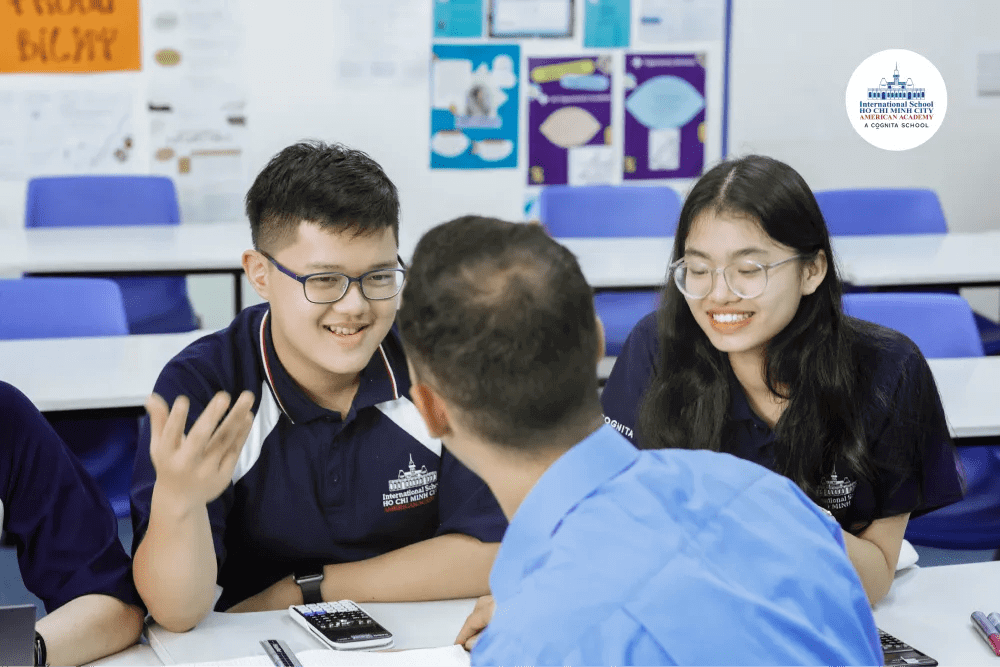
Relationship Skills Activities
Relationship skill activities enhance social emotional learning for high school students by facilitating emotional expression and empathy-building. The following activities, like “Anger ball toss,” “Feelings check-in,” and “I represent conflict”, pay attention to different aspects of relationships and aim to help students develop mutual understanding.
11. Anger ball toss: Participants can express and share their emotions, specifically anger, in a structured environment. This activity starts with the sentence, “I feel angry when …”. One restates that sentence and completes it for themselves. They then toss the ball to another participant, who repeats the previous sentence and adds their own.
12. Feelings check-in: Instructors distribute markers and index cards for students to write one word describing their current emotions. Afterwards, they facilitate discussions where students explain the reasons behind their word choice to the entire class or in pairs to learn about peers’ emotions and express empathetic responses.
13. I represent conflict: One mature student represents conflict. Other students position themselves based on their initial reaction to conflict. Discuss their positioning and, if time allows, ask if their reaction would change with subsequent considerations of conflict responses.
Decision-Making Skills Activities
High school students should learn to be responsible for their decisions by gaining practical skills, such as problem-solving and teamwork. The most effective decision-making skill activities include:
14. Question of the day: Students engage in group discussions to analyze decision-making scenarios. Collaborative learning enables them to share their perspectives and insights with their peers and develop problem-solving skills during decision-making.
15. Stop, think, choose decision model: The model facilitates effective decision-making by assessing the situation, weighing the pros and cons, considering potential impacts, and selecting the best option based on their values and future goals.
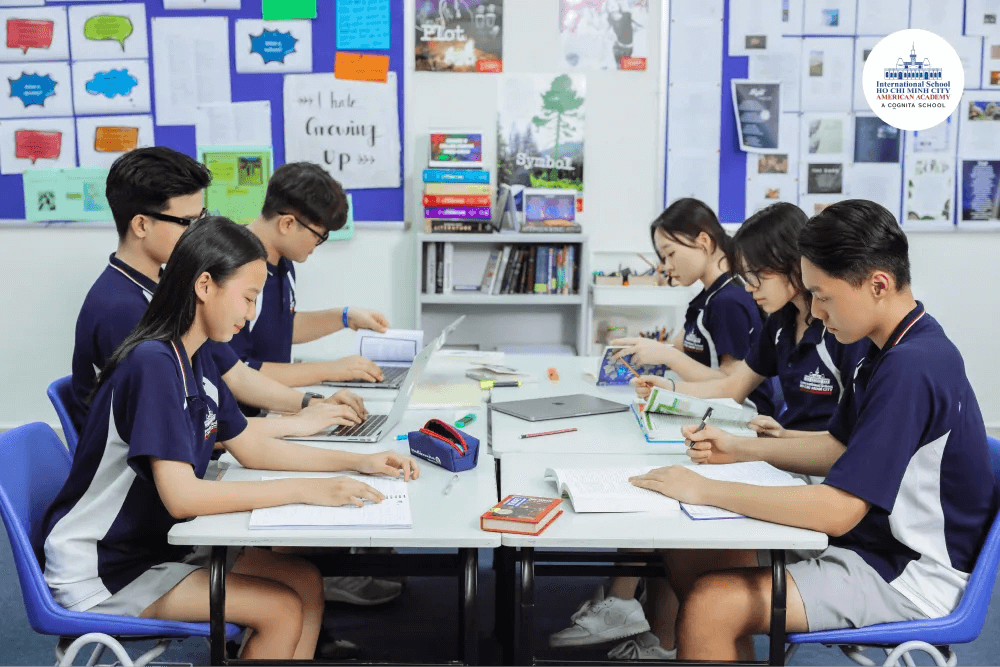
Develop SEL for High School Students with ISHCMC – AA
ISHCMC – American Academy supports social emotional learning for high school students by providing an educational program that nurtures emotional development and social skills. Recognizing middle school as essential for emotional and social development, we establish an environment where students explore their passions and strengths.
Furthermore, our American educational program emphasizes continuous assessments and innovative teaching methods that nurture critical thinking and reasoning skills. As we empower students during these formative years, they can develop the social and emotional competencies needed for success in high school, university, and future careers.



